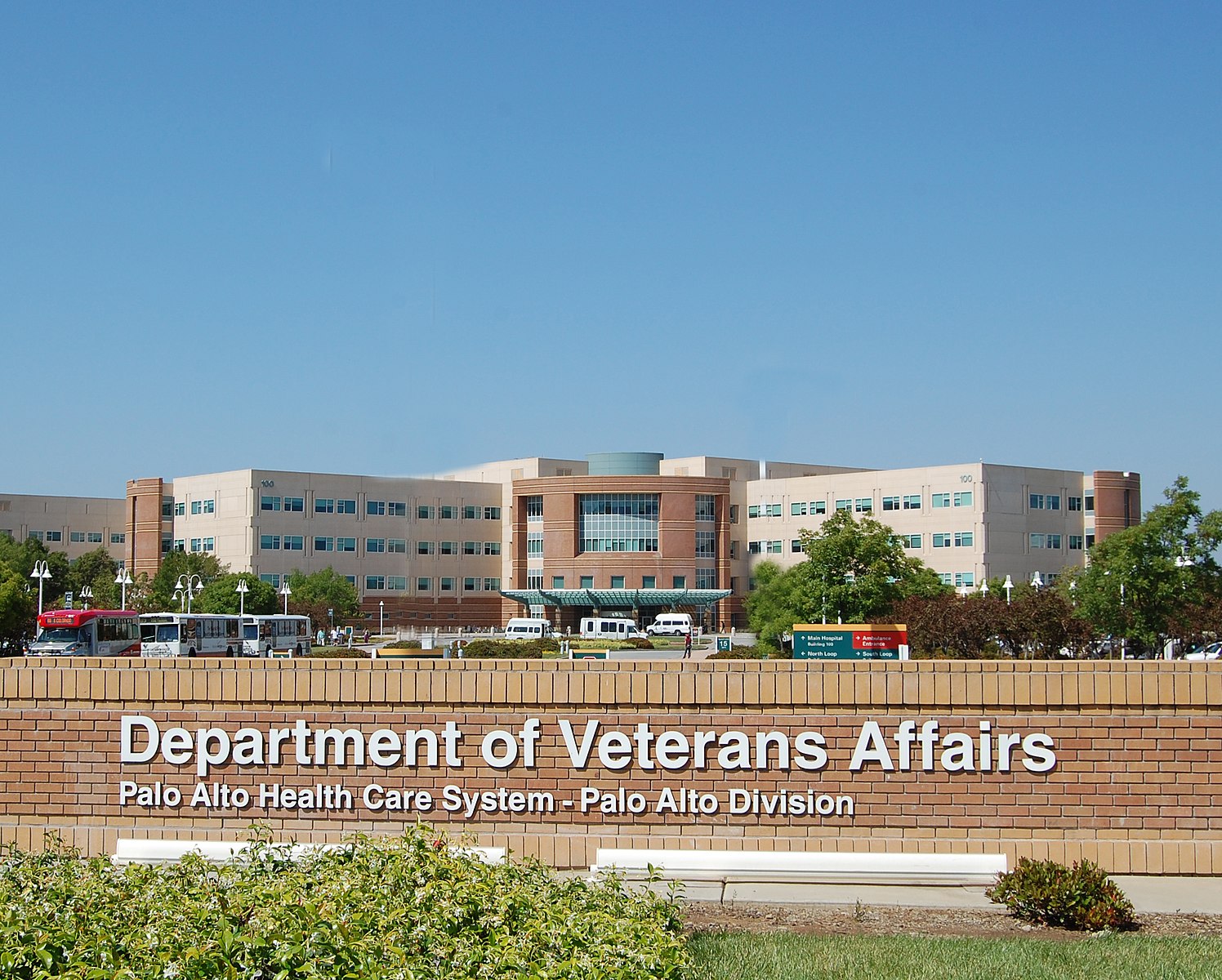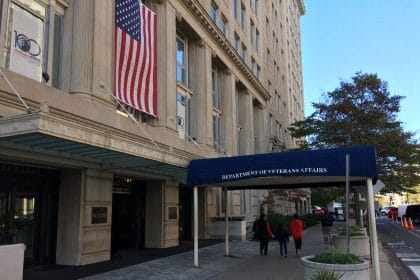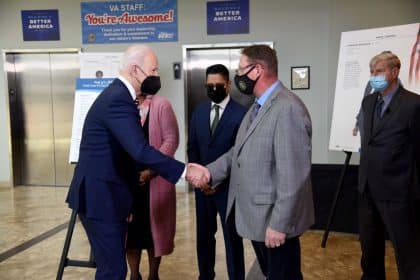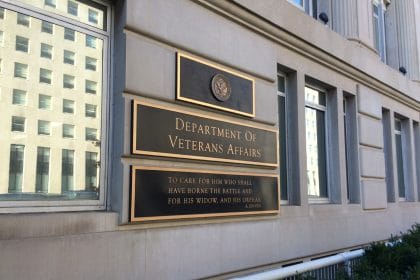How the Mission Act is Negatively Impacting Veteran Access to Health Care

WASHINGTON — The Mission Act was launched in 2019 to protect veterans’ access to health care, but now health policy experts are finding that the legislation may actually be preventing access.
“Veterans who need to go to [into] the community are not getting care, or getting delays which are ruining their care,” said Darin Selnick, a former advisor to the Department of Veteran Affairs who helped to write the Mission Act, in a phone call with The Well News.
Selnick currently works as a senior advisor of the Concerned Veterans for America, a non-profit organization pushing for veterans to have better access to health care.
Back in 2014, Selnick said the Choice Act was passed in response to growing concerns that veterans were experiencing excessive wait times and having to travel far distances to be treated at a VA facility.
It granted temporary access for any veteran who lived 40 miles away from a VA facility, or had to wait longer than 30 days to receive treatment, to seek community care treatment outside the VA.
“That act had a sunset provision, and everyone knew we needed to create a permanent version of that,” said Selnick.
That’s why the Mission Act was launched in 2019 to create permanent baseline standards for wait and travel times so that veterans would not have to drive too far or wait too long to access health care.
The act also created the Veterans Community Care Program to offer greater health care choices to veterans to access treatment outside the VA.
The act held that if the VA cannot meet the needs of delivering health care to an individual for any one of the reasons listed in the bill, it should pay health care systems outside the VA to treat the patient instead.
“It opened the door for community care, but it was up to the veteran to make a decision,” said Selnick.
The act established shorter wait time standards for accessing VA specialty care, primary care, and urgent care, starting from the date the patient requests an appointment.
“When the initial request goes into that care, that’s when the clock starts. If the VA cannot get you scheduled, they owe you community care,” said Selnick.
Selnick said the act was successful in navigating veterans into the community for care, but almost too successful. The number of individuals being treated at the VA drastically declined, a nearly 30% decrease for in-person appointments according to October data from the Veterans Health Administration.
“The problem is that because the Mission Act was so successful because of the community care part… the VA appointments and encounters went down, and VHA has never recovered in terms of its in-person appointments,” said Selnick.
In September 2020, the inspector general reported that nearly 20 million VA appointments were cancelled or delayed during the pandemic.
A Government Accountability Office report from the same year found that improvements were needed to the Veterans Community Care Program to ensure timely access to care, as the VA was still not specifying the maximum amount of time veterans should have to wait to receive care through the program.
“The challenges of the Mission Act now seem to all stem after COVID-19 hit,” said Selnick.
Through a Freedom of Information Act lawsuit filed by Americans for Prosperity Foundation on July 20, 2021, Selnick found evidence that the VA was using improper wait time calculations and overriding community care decisions to direct veterans back to the VA.
“The Mission Act as conceived and implemented worked well, and community care has worked well, but the staff has not been implementing it because of management. They are stopping veterans from going into the community, and fudging on wait times,” said Selnick.
In Selnick’s policy brief based on the FOIA documents he alleges that the VHA internally disregarded its own regulation and laws by allowing the chief of staff, in many cases, to override and determine what was in the best medical interest of the patient.
“When you’re both payer and provider you have inherent conflict. The providers always want to make sure they are maximizing the system. Based on everything I’ve heard from members on the Hill and VA staff, they are denying there is still a problem and continue to blame it on COVID,” said Selnick.
“[From the FOIA request] I could spot what was originally there and what was not, and what was being followed and what was not,” continued Selnick.
“I am increasingly alarmed by the concerns I hear from veterans… They all point to one thing — VA not following the law and holding veterans hostage to a health care system that is not serving them,” said Rep. Mike Bost, R-Ill., ranking member of the House Committee on Veterans’ Affairs in an interview with inewsource reporters.
Selnick said this past March and April many letters were sent to Congress about delays in care and veterans still being forced to drive long distances.
His organization is currently working on an accountability campaign to publicize the issues with the Mission Act, and provide medical and policy expertise.
“We have no agenda about where the veteran goes, we just want to make sure the Mission Act is followed so no veteran will have to wait too long or drive too far to get care,” said Selnick.
Alexa can be reached at [email protected].























